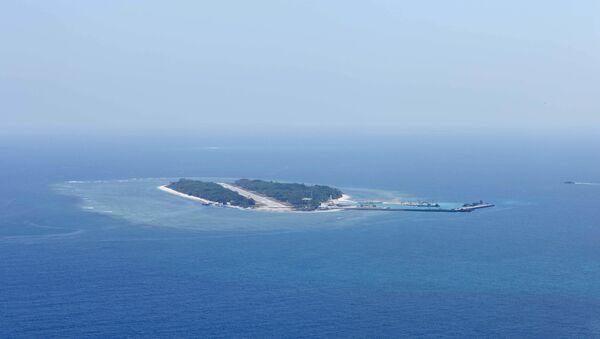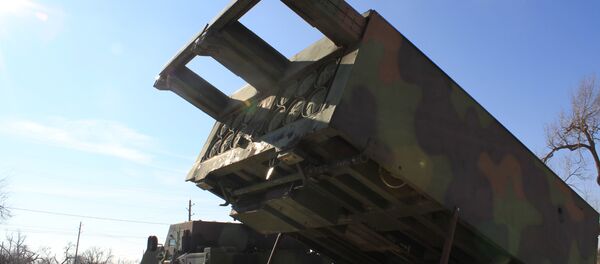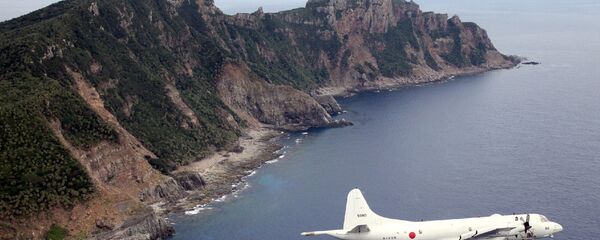"What the Army brings traditionally is what they always bring, which is mass and firepower and capability," head of the US armed forces Pacific Command told a Defense One-sponsored discussion group in Washington DC, according to Military.com.
Harris added, "I think about an area where you put these weapon systems on places in the western Pacific; they would place at risk potential adversaries in the South China Sea, the East China Sea, the Sea of Japan…I think it is an important concept, and we ought to be thinking about it as we figure out how to maintain that edge over our adversaries in the region."
Since China constructed military bases on several man-made islands in the South China Sea, tensions between Washington and Beijing have escalated. These installations reportedly include a radar system, a 10,000-foot runway and HQ-9 surface-to-air missiles, though China has maintained the islands are intended primarily for civilian purposes.
In February Harris told a Senate Armed Services Committee panel that, "In my opinion China is clearly militarizing the South China Sea, and you have to believe in a flat earth to think otherwise," and that he believes China "seeks hegemony in East Asia."
Despite these concerns, the commander told Tuesday’s discussion group that American and Chinese militaries maintain a good relationship, noting how well he was treated in the country when he visited several months ago.
US Army anti-ship missiles have shown signs of being on the service’s radar, as the Defense Department's Strategic Capabilities Office announced in November that it would be upgrading the Army Tactical Missile System (ATACMS) to strike land and sea targets.
Defense Secretary Ashton Carter remarked in a Defense Department news release, "With this capability, what was previously an Army surface-to-surface missile system can project power from coastal locations up to 300 kilometers [186 miles] into the maritime domain."




